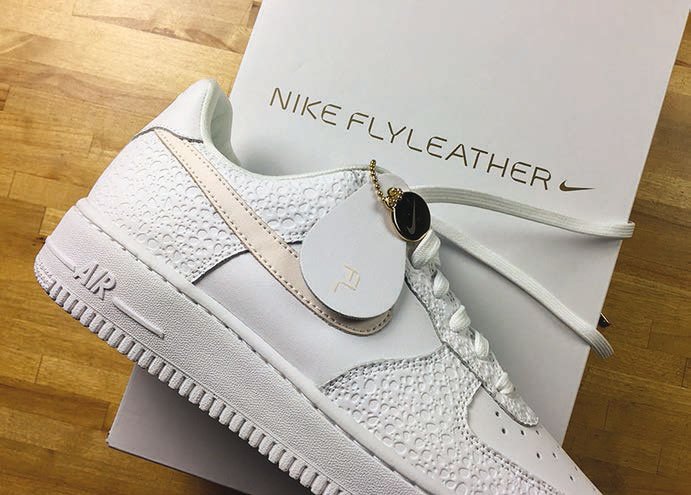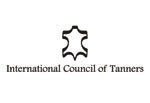
La Global Leather Coordination Committee (GLCC) ha recentemente rilasciato una dichiarazione, prendendo nettamente posizione nella diatriba riguardante l’utilizzo, da parte di Nike, del termine “Flyleather”. GLCC è l’ente che raccoglie sotto la sua egida tre associazioni internazionali che abbracciano il settore pelle in tutte le sue sfaccettature, ovvero ICT (International Council of Tanners), ICHSLTA (International Council of Hides, Skins and Leather Traders Associations) e IULTCS (International Union of Leather Technologists and Chemists Societies): il risultato dell’incontro è stato un comunicato congiunto in cui si fa chiarezza sull’intera questione. GLCC sostiene da sempre iniziative finalizzate allo sviluppo di prodotti eco-sostenibili e quei processi che permettono di recuperare in modo virtuoso e profittevole gli scarti di lavorazione, tuttavia il suo primo compito è quello di assicurare che il termine “pelle” non venga impiegato in maniera scorretta. Ideato da Nike per una nuova collezione di calzature e lanciato sul mercato lo scorso settembre, “Flyleather” è composto per il 50% da fibre di cuoio riciclate. Sebbene apprezzi l’impegno del brand a tutela dell’ambiente, la Commissione contesta in maniera decisa l’uso della parola “leather” per denominare un materiale che di fatto non risponde ai requisiti stabiliti dalle associazioni di settore. GLCC ricorda la potenziale ricaduta negativa sull’intero comparto nel caso di un utilizzo improprio del termine, una scelta questa che finirebbe per generare solo confusione tra clienti e consumatori, mettendo così a rischio il rapporto di fiducia instaurato con loro. Inoltre, l’impiego del termine “Flyleather” è illegale in molti mercati di importanza strategica, a partire dall’Unione Europea, dove è considerato reato mettere in atto pratiche commerciali ingannevoli, lesive dei diritti del consumatore. A suscitare ulteriori perplessità sono anche le dichiarazioni rilasciate dall’azienda americana sull’impronta ambientale di questo materiale: oltre a non esserci trasparenza sui parametri impiegati per queste analisi, la Commissione fa notare come i calcoli di Nike non sembrano essere coerenti con una metodologia che renda possibile un valido confronto con la pelle. Per questo motivo, GLCC invita il brand Nike a modificare prontamente la denominazione del materiale “Flyleather”, eliminando ogni riferimento all’industria della pelle e fornendo dati precisi circa le sue prestazioni in materia di eco-sostenibilità.
GLCC takes a stand concerning the use of the term “Flyleather”
The Global Leather Coordination Committee (GLCC) recently issued a statement, taking the a clear stand in the debate concerning Nike’s choice to use the term “Flyleather”. GLCC is the body that brings together three international leather organizations encompassing the industry’s different sectors, that is, ICT (International Council of Tanners), ICHSLTA (International Council of Hides, Skins and Leather Traders Associations) and IULTCS (International Union of Leather Technologists and Chemists Societies): the result of this meeting was a joined press release that shed some light on the whole matter. GLCC strongly supports initiatives aimed at fostering the development of eco- friendly articles as well as the processes that allow to salvage in a virtuous, fruitful way waste products: nevertheless, its main task is to ensure the proper labeling of leather and leather goods. Conceived by Nike for a new footwear collection and launched on the market last September, “Flyleather” is made up by 50% of recycled leather fibers. Although it praises the brand’s commitment in terms of environmental safeguard, the Committee questions the use of the term “leather” to describe a material that doesn’t comply with the requirements set by the industry associations. GLCC also highlights the potentially negative consequences for the entire industry if such inaccurate labeling should persist – a choice that might generate confusion among customers and consumers, thus putting in jeopardy their fidelity and trust. Furthermore, the term “Flyleather” is illegal in a number of strategic markets, the EU included, where the legislation forbids deceptive commercial practices, detrimental to the consumers’ rights. Further doubts were aroused by the company’s statements concerning the environmental footprint of this material: not only was there no transparency on the analysis’ parameters, but also the methodology used was not consistent for a correct comparison with leather. For this reason, GLCC invited Nike to promptly change the denomination “Flyleather”, eliminating all kinds of references to the leather industry and providing precise data regarding the environmental performance of said material.
www.leathercouncil.org – www.ichslta.com – www.iultcs.org


